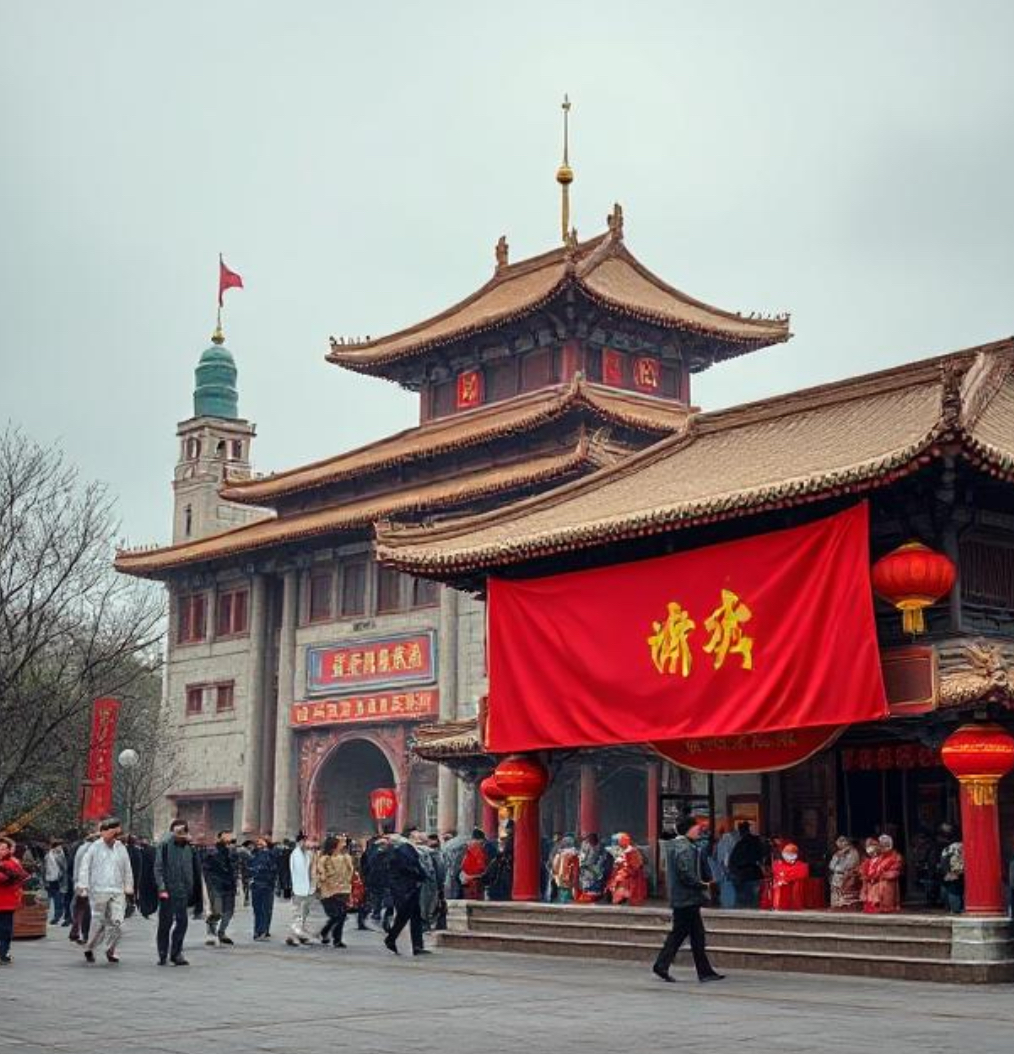
Democratic China, a Future World
- The prospect of China’s transition to a prosperous democracy necessitates a structural dismantling of the Chinese Communist Party’s (CCP) hegemonic political framework and the systemic authoritarianism embedded in its state-capitalist economic model and pervasive surveillance infrastructure.
- As posited by theories of democratic transition (Acemoglu & Robinson, 2012), institutional pluralism—manifested through constitutional reforms to disentangle party-state fusion, establish judicial autonomy, and implement competitive electoral mechanisms—serves as a foundational prerequisite.
- Concurrent economic democratization, involving decentralization of state-owned enterprises, formalization of private property rights, and empowerment of labor agency, could theoretically stimulate middle-class demands for political inclusion, though such dynamics are presently subdued by the regime’s strategic co-option via material patronage (Lipset, 1959).
- Civil society mobilization, contingent on relaxed censorship and legal protections for dissent, remains systematically constrained by repressive governance, while nascent cultural shifts toward individualism are counteracted by state-sponsored nationalist narratives. Externally, China’s geopolitical autonomy and the decline of Western normative leverage diminish exogenous democratizing influences.
Given the CCP’s institutionalized adaptive resilience—marked by preemptive coercion, ideological cohesion, and mitigation of elite fragmentation or existential crises—the path-dependent nature of its authoritarian governance renders near-term democratization implausible.
The structural inertia and the regime’s capacity to neutralize systemic challenges suggest continuity, rather than transformation, in China’s political trajectory.
The transformation of China into a prosperous democratic state in the near future is a complex proposition, requiring systemic socio-political, economic, and institutional reforms.
Such a transition would necessitate addressing deeply entrenched structural barriers while navigating the Chinese Communist Party’s (CCP) monopoly on power. Below is an analysis grounded in socio-economic theory, political science, and historical precedent:
A democratic transition would require dismantling the CCP’s centralized authority and establishing independent institutions to enforce rule of law, electoral accountability, and civil liberties. Drawing from institutional economics (Acemoglu & Robinson, 2012), inclusive institutions—such as an autonomous judiciary, free press, and multiparty electoral systems—are prerequisites for democratization.
China’s current legal framework, however, remains subordinated to party directives, with the National People’s Congress functioning as a rubber-stamp body. Constitutional reforms to separate party and state, coupled with judicial independence, would be critical.
Historical parallels, such as Taiwan’s democratization under Kuomintang rule, illustrate the role of gradual institutional pluralism in enabling political competition. Yet, in China, such reforms would face existential resistance from the CCP, which conflates its survival with state stability.
Economic prosperity and democratization are often theorized as mutually reinforcing (Lipset, 1959), but China’s state-capitalist model complicates this relationship. While market reforms since 1978 have created a burgeoning middle class—a demographic traditionally associated with demands for political participation (Inglehart & Welzel, 2005)—the CCP has co-opted this group through material prosperity and ideological control.
For democratic pressures to emerge, economic liberalization must extend beyond market efficiency to include property rights, labor autonomy, and reduced state intervention in private enterprises. A decentralized economy, akin to post-Soviet Eastern Europe’s transition, could empower entrepreneurial and civil society actors to challenge party hegemony.
However, China’s digital surveillance apparatus and state-owned enterprise dominance suppress such decentralization, necessitating structural economic democratization.
Vibrant civil societies are engines of democratic change, as seen in South Korea’s democratization during the 1980s. In China, however, civil society remains constrained by strict regulations (e.g., the 2017 Foreign NGO Law) and pervasive surveillance.
For grassroots mobilization to gain traction, the state would need to relax censorship, permit independent labor unions, and tolerate dissent. Social media, despite heavy censorship, has shown potential for organizing collective action (e.g., the 2022 COVID protests), but sustained mobilization requires institutional protections.
Empirical studies on social movements (Tarrow, 1998) emphasize the importance of “political opportunity structures”—openings created by elite fragmentation or external shocks. In China, such opportunities are rare, given the CCP’s cohesive internal control and suppression of dissent.
Confucian traditions emphasizing hierarchy and collectivism have historically been cited as cultural barriers to individualism and democratic norms (Huntington, 1996). However, modernization theory posits that urbanization, education, and global interconnectedness erode authoritarian cultural norms.
China’s urban youth, exposed to global ideas via digital platforms, increasingly value free expression and accountability, as evidenced by online activism. Yet, the CCP counters this through nationalist indoctrination (e.g., “patriotic education”) and technological censorship.
A cultural shift toward democratic values would require dismantling state propaganda mechanisms and fostering critical pedagogy in education—a prospect the CCP actively resists to maintain ideological conformity.
External pressures, such as diplomatic incentives or sanctions, have historically played roles in democratization (e.g., EU conditionality in Eastern Europe). However, China’s geopolitical and economic clout insulates it from such leverage.
The U.S.-led liberal order’s decline further reduces external democratizing pressures, while China promotes its authoritarian model through initiatives like the Belt and Road Initiative. Democratic transitions require a conducive international environment, which is absent in today’s multipolar, transactional world order.
Moreover, the CCP frames external criticism as neocolonial interference, galvanizing nationalist sentiment against democratic reforms.
Theoretically, China’s democratization would require a confluence of institutional pluralism, economic decentralization, civil society empowerment, cultural liberalization, and external catalysts.
Practically, the CCP’s entrenched authoritarianism, bolstered by surveillance technologies, ideological control, and coercive capacity, renders such a transformation improbable in the near term.
Historical precedents suggest that democratization often follows protracted crises (e.g., economic collapse, military defeat), which the CCP has adeptly mitigated through adaptive authoritarianism. While incremental changes—such as local governance experiments or legal transparency—could lay groundwork, a systemic shift to democracy remains contingent on unforeseeable disruptions to the party-state’s stability.
Thus, absent a radical reconfiguration of power dynamics, China’s trajectory is likely to remain within the bounds of authoritarian resilience rather than democratic transition.